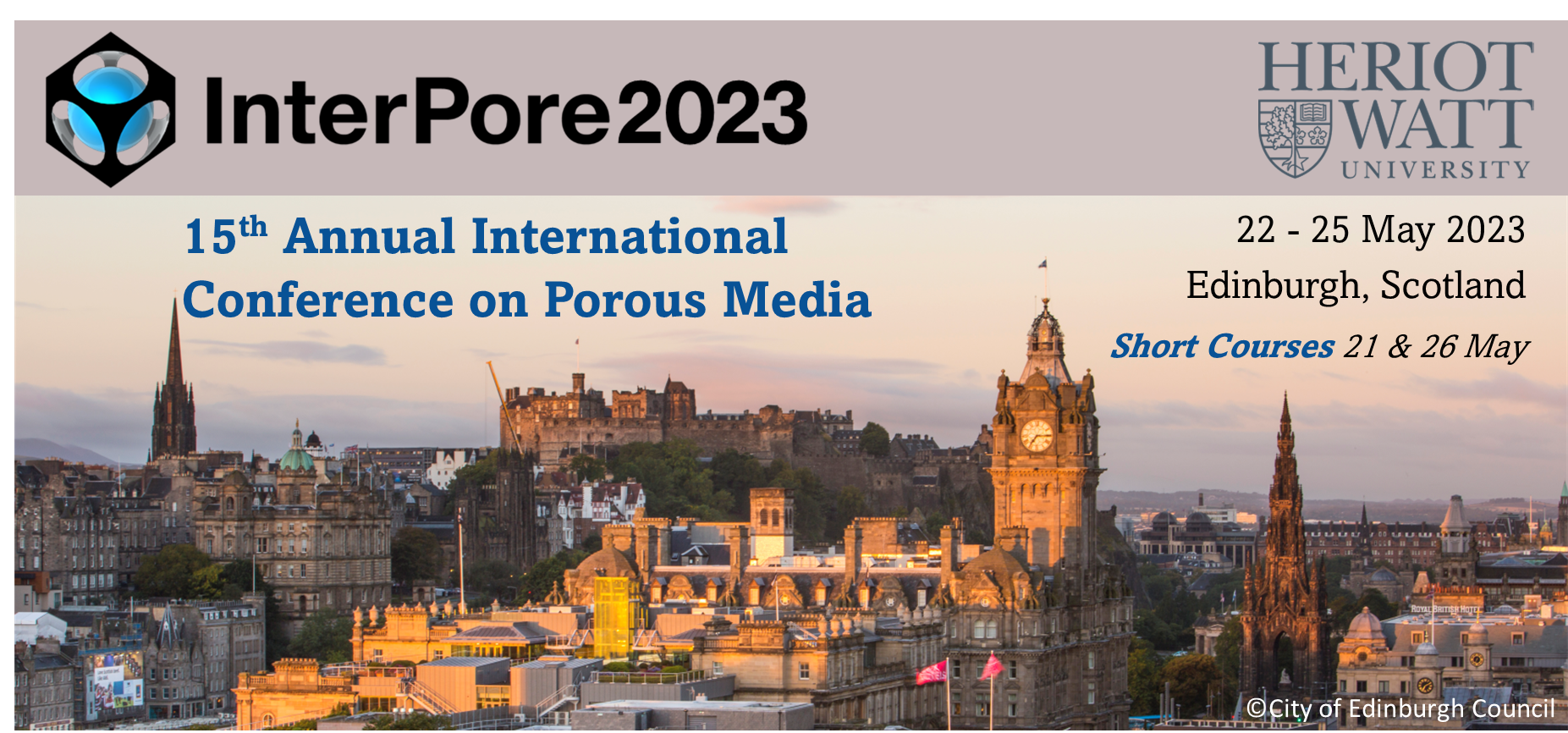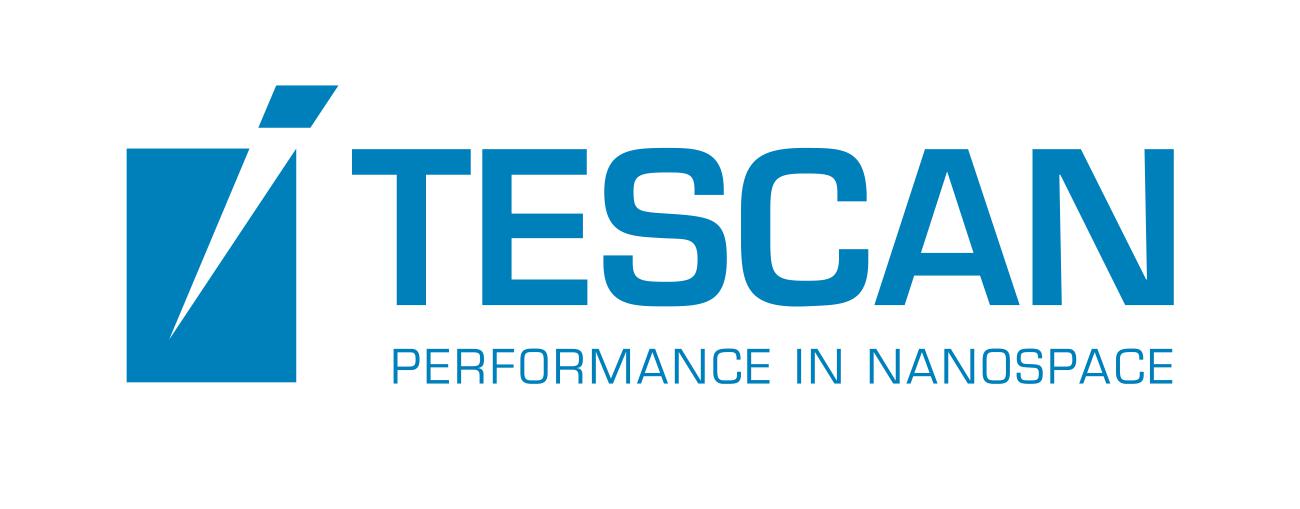Speaker
Description
Transition to renewable energy sources, due to their naturally intermittent production, requires developing large-scale storage technologies. Underground Hydrogen Storage (UHS) in porous formations is a promising approach to providing a giant storage capacity. To ensure the efficiency of the storage operation, multiscale modeling and simulation strategies are essential. Since micro-scale physics controls macro-behavior. Therefore studying the flow behavior in porous rocks at the micro-scale is insightful for UHS projects in porous reservoirs.
The present study develops a dynamic pore-network modeling (D-PNM) approach to simulate the immiscible two-phase flow of hydrogen and water through representative digital network models of different porous structures. As the key feature of UHS, the model is developed for the cycles of injection and production of hydrogen into a porous media. The model input parameters are based on the experimentally obtained static and dynamic wettability analyses as presented in the literature. As for the rock, digital networks are constructed based on 3D X-ray images of porous samples. The topology of the pore space geometry is translated to a representative pore-network model. To preserve the simulation stability, the developed D-PNM solves the transient multi-phase Stokes equations fully implicitly, for pressure and phase volume saturation. Through several test cases, we analyze the transport characteristics of the hydrogen/water interface, especially the fingering and spreading physics. These results shed new light on how a representative continuum-scale model should be created to study the process at the field scale.
| Participation | In-Person |
|---|---|
| Country | The Netherlands |
| Energy Transition Focused Abstracts | This abstract is related to Energy Transition |
| MDPI Energies Student Poster Award | No, do not submit my presenation for the student posters award. |
| Acceptance of the Terms & Conditions | Click here to agree |







